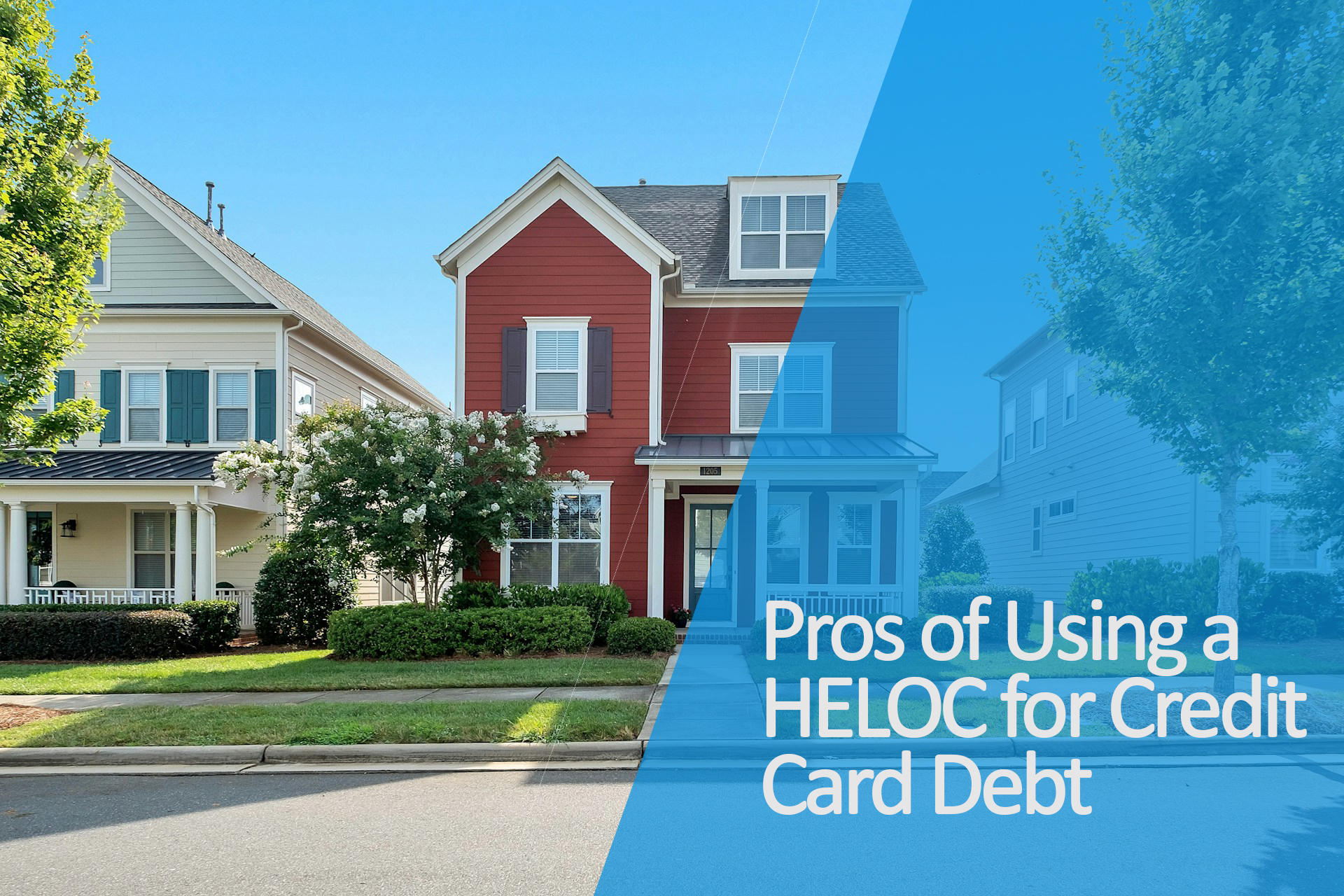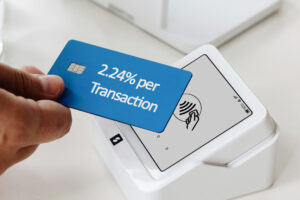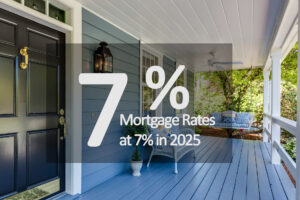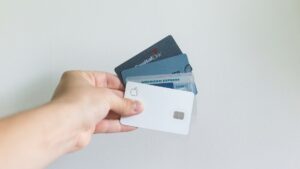With inflation squeezing household budgets and credit card APRs soaring beyond 20%, many homeowners are eyeing a Home Equity Line of Credit (HELOC) as a lifeline. The appeal? Lower interest rates, flexible access to cash, and potential long-term savings.
But turning unsecured debt into debt tied to your home comes with serious trade-offs.
This guide explains how HELOCs work, the benefits and risks of using one to pay off credit cards, and smart strategies to stay financially secure.
What Is a HELOC?
A Home Equity Line of Credit allows you to borrow against the equity in your home — the difference between what your home is worth and what you owe on your mortgage.
Key features:
- Revolving credit (you borrow, repay, and borrow again)
- Draw period: Usually 5–10 years where you can access funds
- Repayment period: 10–20 years after draw ends, with fixed payments
- Variable interest rate (7%–9% as of mid-2025)
Let’s say your home is worth $400,000 and you owe $250,000 on your mortgage. That’s $150,000 in equity. You may qualify for a HELOC up to 80–85% of that equity, or around $70,000–$80,000.
Credit Card Debt: Why It’s Becoming Unmanageable
- Average APR: Over 20% (and higher for fair/poor credit)
- Minimum payments: Often barely touch the principal
- Total balances: Exceeding $1.1 trillion in the U.S.
This kind of high-interest debt can feel like a trap — which is why consolidating it into a lower-rate loan, like a HELOC, seems appealing.
Pros of Using a HELOC for Credit Card Debt
- Lower Interest Rates
Even at 8%, a HELOC is significantly cheaper than 20% credit card APRs. - Potential Interest Savings
Example: On $15,000 of debt at 20% APR, you’d pay ~$3,000/year in interest. A HELOC at 8% cuts that to $1,200/year — saving $1,800 annually. - Single Payment Simplicity
Consolidating multiple card payments into one monthly HELOC payment makes budgeting easier. - Flexible Borrowing
Only borrow what you need, when you need it — unlike a fixed personal loan. - Possible Tax Deduction
In some cases, HELOC interest used for home improvements may be tax deductible (note: paying off credit card debt does not qualify).
Risks and Downsides
- Your House Is at Stake
Credit card debt is unsecured. A HELOC is secured — by your home. Missing payments can lead to foreclosure. - Variable Interest Rates
Most HELOCs have floating rates. If rates rise, your monthly payments will too. - Upfront Costs and Fees
Some lenders charge:- Appraisal fees
- Origination fees
- Annual maintenance fees
Always read the fine print.
- Psychological Risk
Many who use a HELOC to pay off cards end up running up their credit cards again, creating even more debt.
When a HELOC Might Make Sense
It may be a smart move if:
- You have excellent credit and home equity
- You’ve stopped adding to credit card debt
- You have a clear repayment strategy
- You’re in a stable job or income situation
You should avoid it if:
- You’re struggling to meet current payments
- Your income is unstable or you lack emergency savings
- You’re not ready to cut up the cards or curb spending habits
What to Do Before You Apply
- Calculate Your Total Credit Card Debt
Know how much you owe, across all cards. - Compare Lenders
Look at both traditional banks and credit unions. Some offer fixed-rate HELOC options. - Get Prequalified
Know your rate and terms before signing. - Build a Budget
Make sure you can manage the HELOC payments — now and if rates go up. - Have a Payoff Plan
Treat the HELOC like a short-term bridge, not a crutch.
Better Alternatives (in Some Cases)
If a HELOC feels too risky, consider:
- Balance transfer credit cards with 0% intro APR (for up to 21 months)
- Fixed-rate personal loans (no home risk)
- Credit counseling agencies for hardship support
- Debt Management Plans (DMPs) through nonprofits
Conclusion
A HELOC can help you break free from high-interest credit card debt, but it’s not a magic fix. You’re turning unsecured debt into secured debt — and putting your home on the line.
If you’re confident in your financial stability and spending habits, this can be a smart, interest-saving tool. But if you’re unsure, explore safer options first.
The best financial decision is the one that keeps your debt manageable and protects your future.




